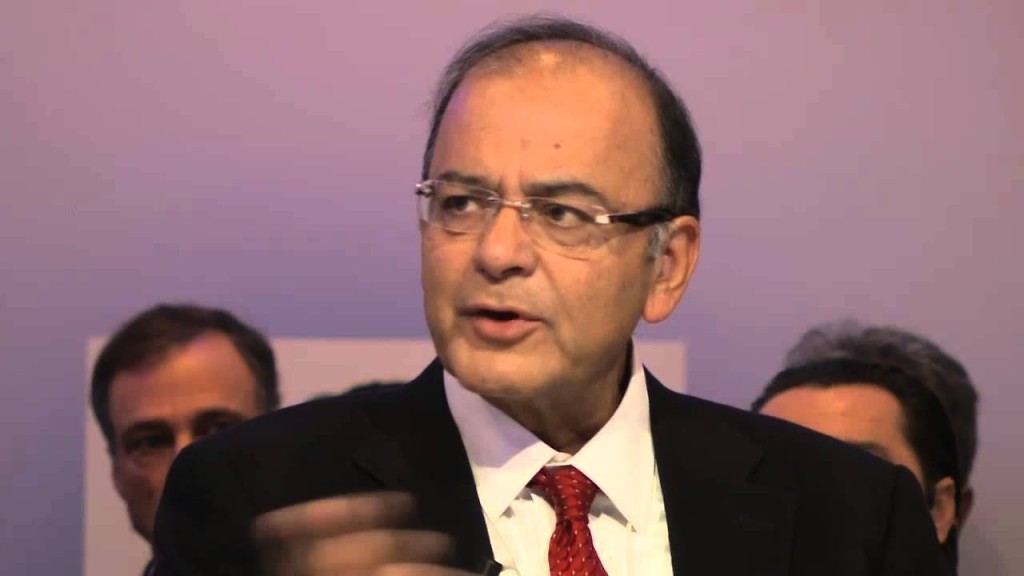Statistics are like a bikini, said Aaron Levenstein, for what they reveal is suggestive, but what they conceal is vital. The tax numbers made public by Finance Minister Arun Jaitley on Thursday bring to mind the imagery offered by the American academic.
“We have till December 19, the direct tax figures of income tax which are now available and the net increase in the income tax so far has been to the extent of 14.4 per cent,” he said in a statement, ‘Remonetization and its Impact,’ adding that if one factors in the very large quantum of refunds because these days refunds are also made immediately, the net increase is 13.6 per cent.
But in no manner these numbers show that the re-monetization boosted the income tax kitty. In 2015-16, income tax collection was Rs 286,801 crore, up from Rs 265,772 in 2014-15. The rise was 9.2 per cent. From 9.2 per cent to 13.6 per cent is no dramatic increase. Further, most of the period of the higher rise was the pre-demonetization period—seven months and eight days to be precise. Re-monetization accounts for only one month and 11 days.
The claims regarding rise in indirect taxes are even flimsier. The Finance Minister said that “notwithstanding what the critics had predicted in all the categories till November 30, there is a significant increase in indirect taxation. In the Central indirect taxes, the increase is 26.2 per cent till 30th November. And this includes excise duties increasing by 43.5 per cent, service tax increasing by 25.7 per cent and customs duties by 5.6 per cent.”
Again, the pre-demonetization period is seven months and eight days, but re-monetization is just 22 days. If Jaitley thinks that he can convince people would believe that 22 days of re-monetization have done wonders, he must be having an exaggerated view about people’s credulity.
What makes his assertions even more precarious is the fact that the informal sector, which employs millions and which is the worst sufferer of the government’s quixotic move, scarcely gets reflected in official statistics. The innumerable hawkers, small traders, shopkeepers, etc., anyway don’t contribute much to the tax revenue. Bringing them into the official economy, and into the tax net, is indeed one of the objectives that the Narendra Modi regime has set for itself. Therefore, to gloat over statistics that primarily reflects the formal sector is as ludicrous as it is premature.
It is only when third quarter results of FMCG companies start coming in that we would be able to get an idea about that damage that the demonetization has done to the consumption-led growth, a development many economists were banking upon.
It will take some time for the ill-effects—massive job losses, reduction in consumption, dampened investor sentiment, diminished confidence in the Indian economy—of the demonetization to surface. Accompanied with lower growth rate, these developments would cause more problems for the government and people. As it is, the present economic expansion has not been generating employment; we have been having jobless growth for quite some time. We may be entering a phase of jobless stagnation now.
The government, however, would continue to cover its failures and inadequacies with misleading statistics and unending claptrap.
